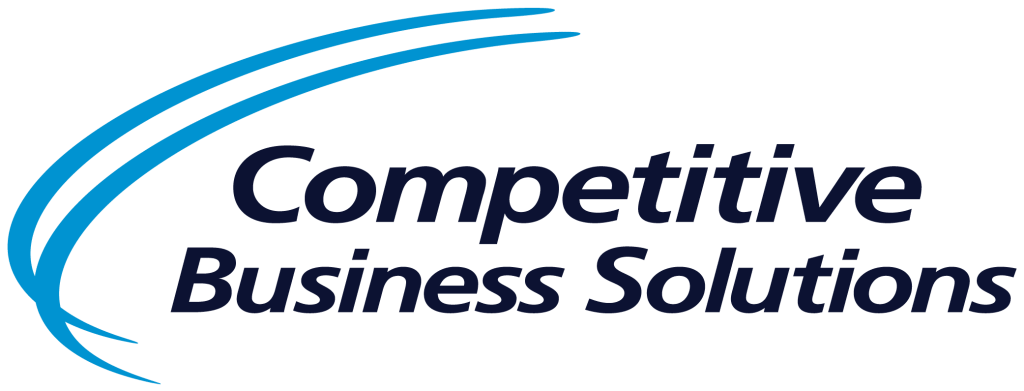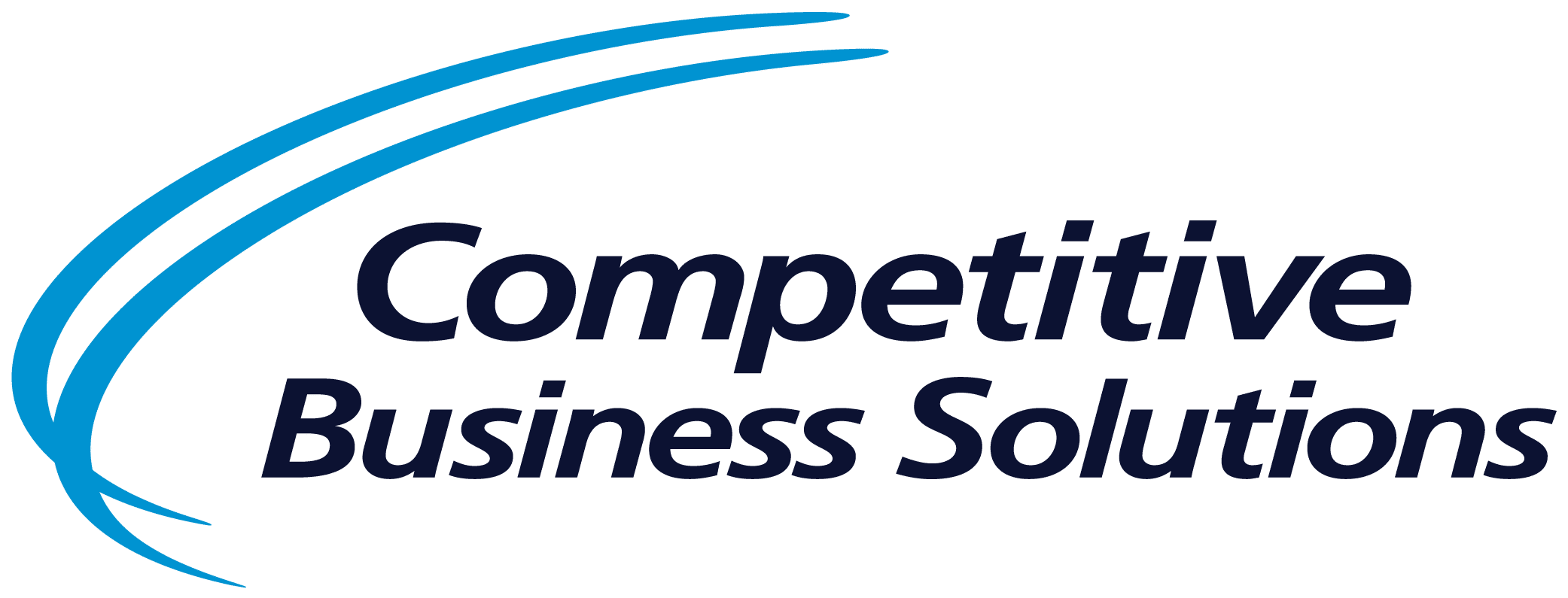
5 Ways to Keep Your CI Steering Committee Alive, Well and on Track
Every Continuous Improvement effort needs a focused, committed group of people to keep activities aligned with stated business goals, monitor progress, provide appropriate resources, and celebrate the successes and failures of the program with the larger organization. Can a CI initiative survive without a Steering Com-mittee? In our opinion, probably not! Steering Committees serve as the principal decision-making body for large-scale change programs, helping to ensure a unified, consistent point of view. With an active Steering Committee, CI success rates skyrocket; without one, even moderate improvements are unlikely. The good news? There are five specific, actionable ways to ensure the health and effectiveness of your CI Steering Committee—and the success of your Continuous Improvement efforts.
- INVOLVE THE EXECUTIVE TEAM
This may seem obvious, but hands-on executive involvement from the very beginning is essential to the success of your CI efforts in general, and the work of your Steering Committee in particular; so it’s best to keep the senior management team informed and engaged from day one. In fact, an Executive Sponsor is invaluable as a member of the Committee to serve as a coach and enabler.Recommendation:
Provide regular, detailed reports to the entire executive team—including the CEO—that define the CI program’s purpose and to describe its activities. Communicate results and highlight achievements as they occur and include the contributions of each individual member. Top-down executive support will give the group added credibility throughout the organization—and provide important motivation for Committee members themselves. - DIVERSIFY YOUR MEMBERSHIP
It makes sense to include experienced leaders and qualified subject matter experts, especially someone with financial expertise. It’s also important to make a “servant leader” part of the group, someone who is adept at removing obstacles and lending support, yet is not always the dominant voice in the room. Strong personalities may cause decisions to slant toward personal—not group—preferences, and reflect the agenda of a single individual.Recommendation:
Limit the number of Committee members from five to seven, and always involve an objective, unbiased member who can remain neutral, with the conviction to challenge the bias of others. If subjectivity remains an issue, consider adding a professional facilitator with the skills to man-age the needs and expectations of each group member.The ideal Steering Committee will include:- Senior leader (COO or CEO) who is linked to the success of the transformation.
- A representative from finance to monitor financial returns.
- The CI Champion who “owns” day-to-day transformation performance.
- An HR representative focused on the needs of the employee community.
- A marketing representative with internal and external communications expertise.
- DIVIDE AND CONQUER
Now that your team is in place, it’s time to do the real work, which begins by providing an environment that encourages ongoing collaboration and commitment. Even with the right people involved, you can’t assume that their efforts will succeed unaided. By assigning specific tasks to everyone involved, the group will experience fewer overlaps, less dissension and better communication, both internally and externally.Recommendation:
Make sure that each Committee member knows, understands and agrees to the responsibilities of his or her role. The Transformation Sponsor, for example, should provide visible and vocal support as well as the necessary resources such as staff, budget and equipment. The Project Manager should lead and focus the group and make sure that the action plan is completed. The financial expert will be responsible for tracking and reporting the quantified savings and improvements achieved. - STICK TO A SCHEDULE
Given the daily demands of the workplace, your members may find it challenging to be fully present for their Steering Committee work—either literally or figuratively—on a regular basis. Resist the temptation to reschedule or, even worse, cancel Committee meetings. Developing a regulated and consistent cadence will help engrain the improvement effort into your organizational culture, a critical success factor for the long term.Recommendation:
Your Steering Committee should meet on a regular basis. Depending on the intensity of the change or CI activities, the frequency of meetings will vary, but at the very least, plan to meet monthly to track status and evaluate progress of improvement projects. As with other key meetings, leadership should help reinforce the idea that committed participation is important and required. - TELL YOUR STORY
It’s important that your CI Steering Committee communicate and celebrate the success of your organization’s CI activities—building excitement, engagement and commitment from the organization as a whole. Over time, you’ll find that regular communication of news, updates and accomplishments will help engrain CI efforts into the company culture.Recommendation:
Start by creating a monthly newsletter that offers the entire organization a scannable overview of CI activities, challenges and successes—just enough information, delivered regularly, to ensure that your CI work is credible and visible. You can add social media and email blasts to draw attention to specific achievements or notable events.
Remember, with an effective CI Steering Committee in place, your transformation efforts will almost certainly succeed. Good luck, and let us know if we can help support your improvement efforts.
Latest Insights
Sign up to receive our latest insights!
"*" indicates required fields




